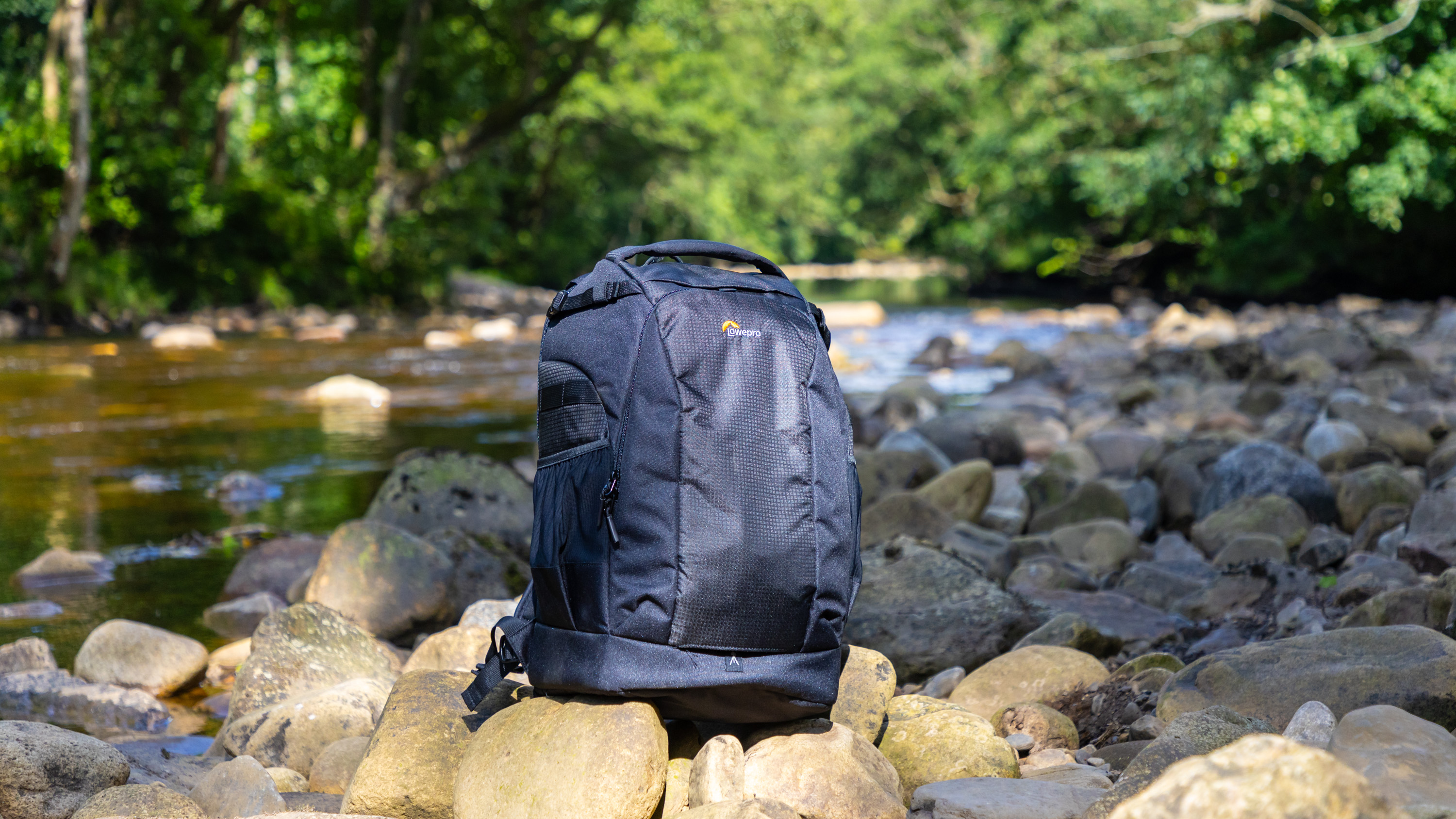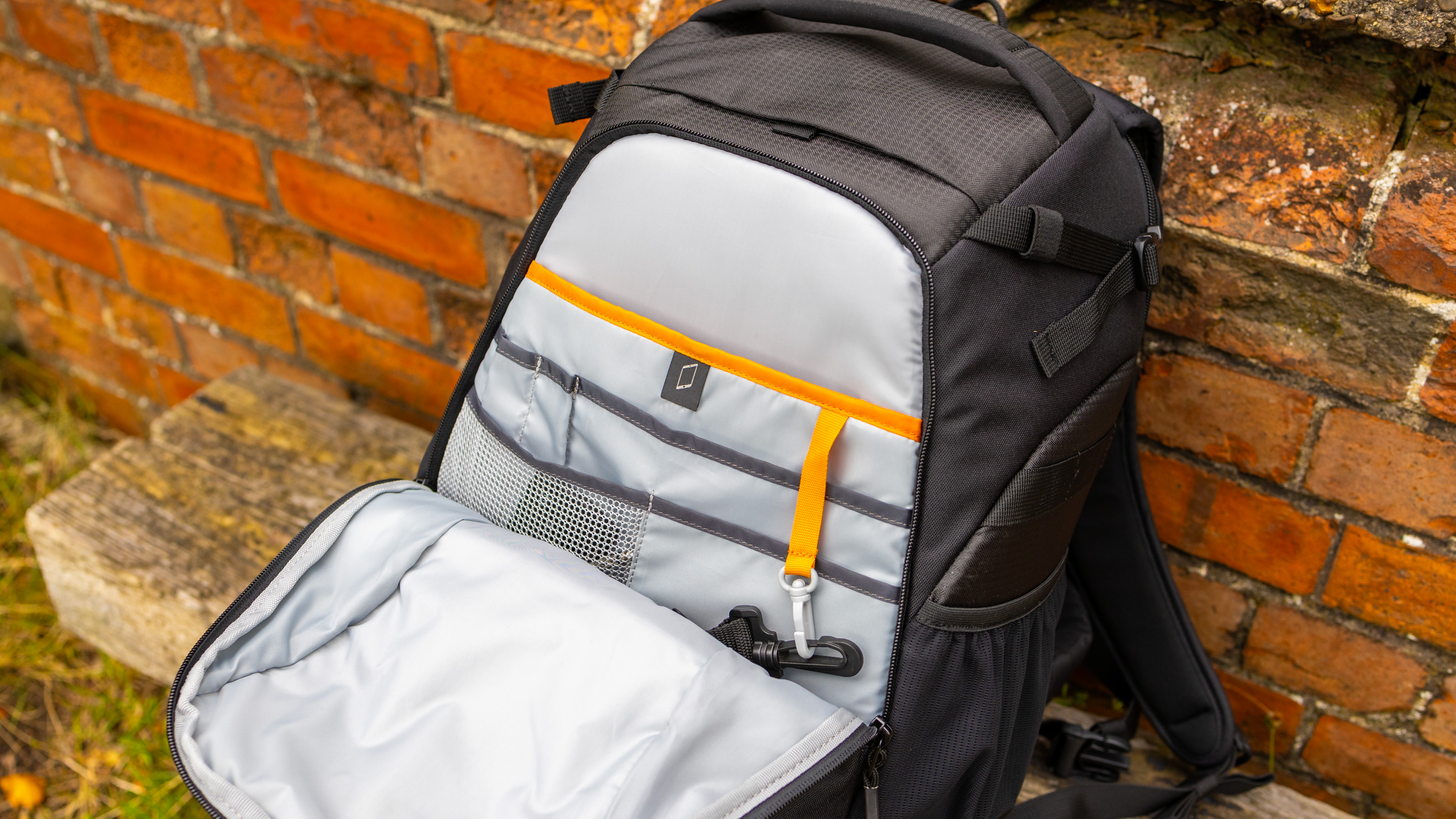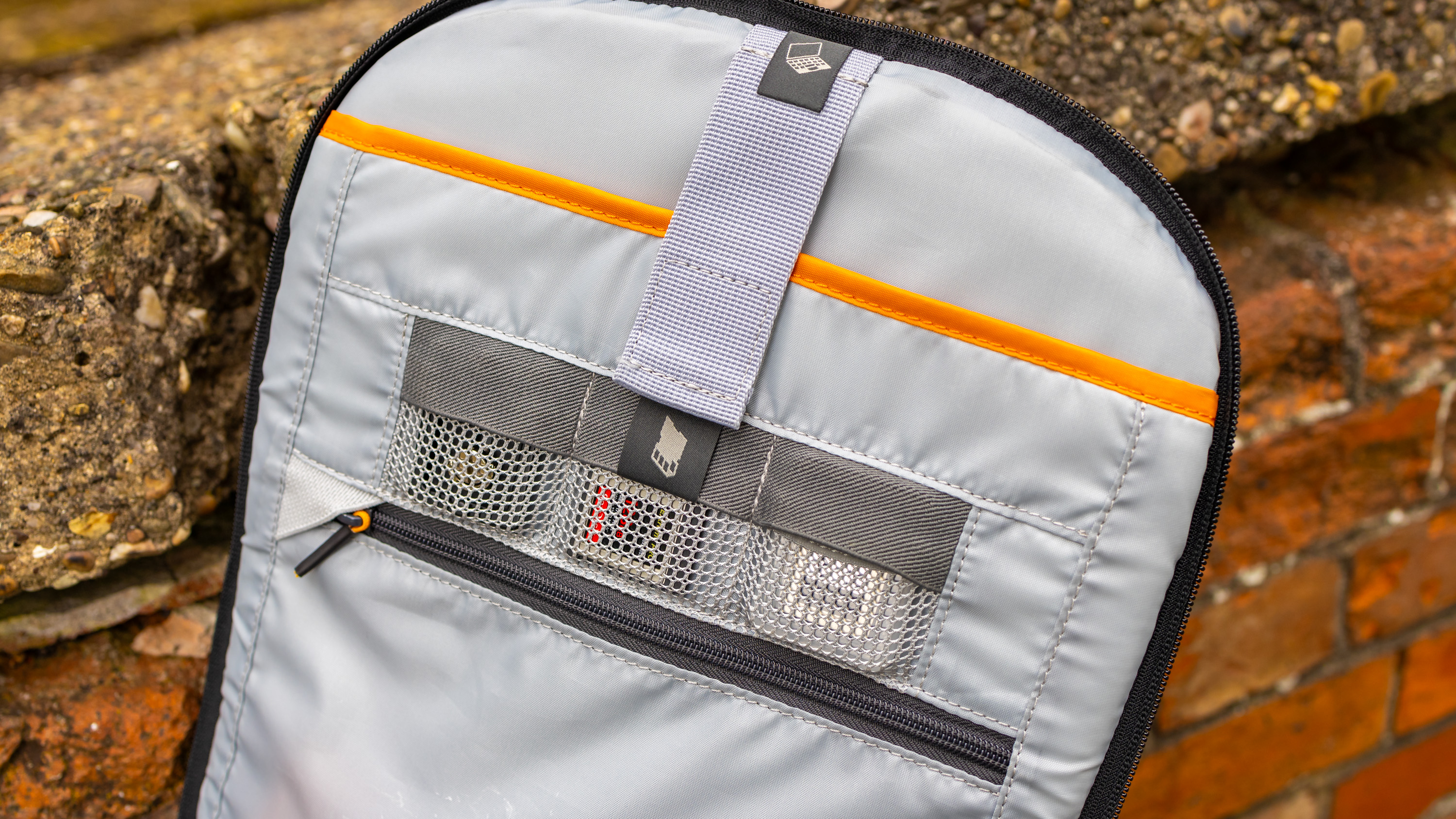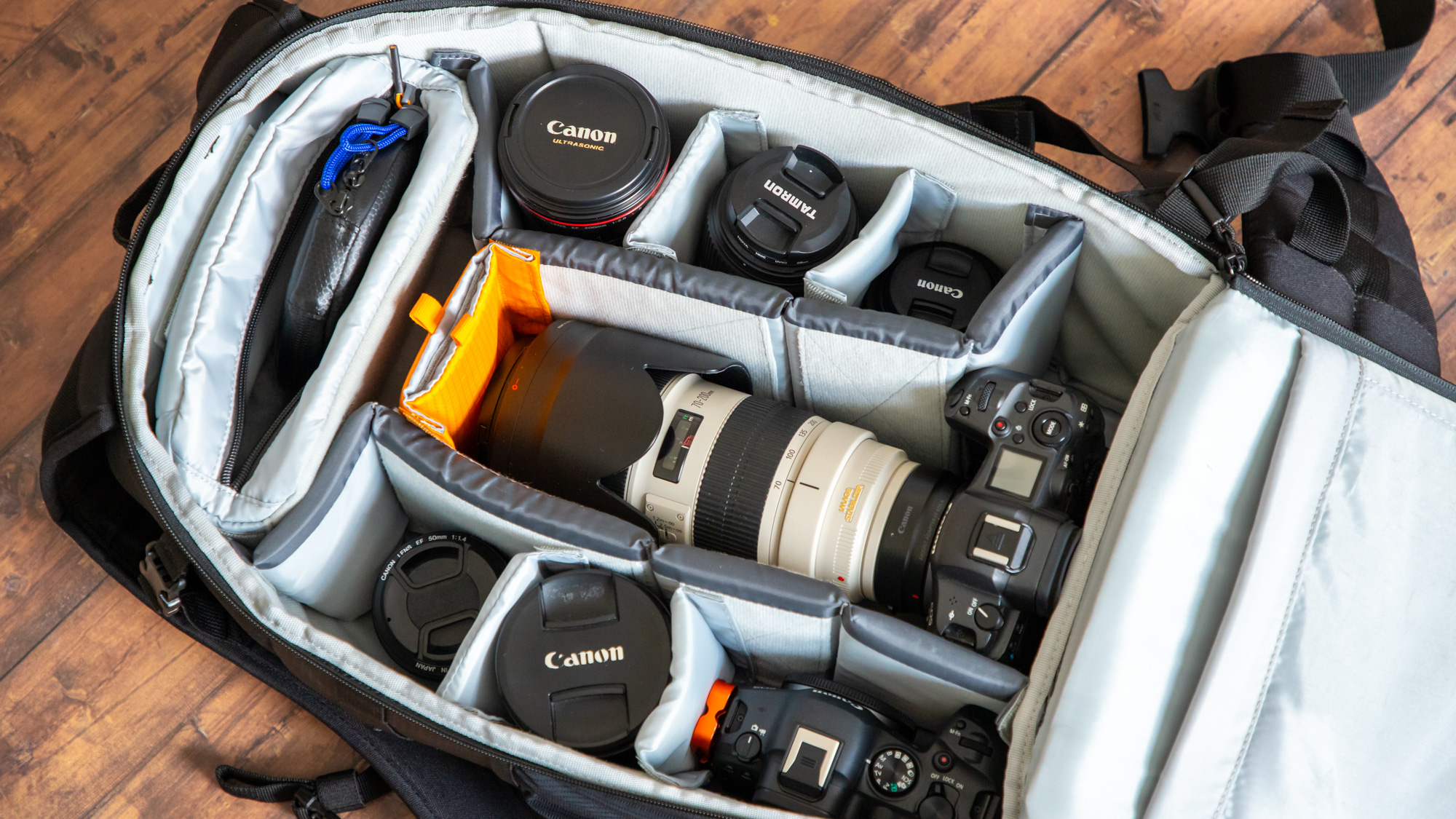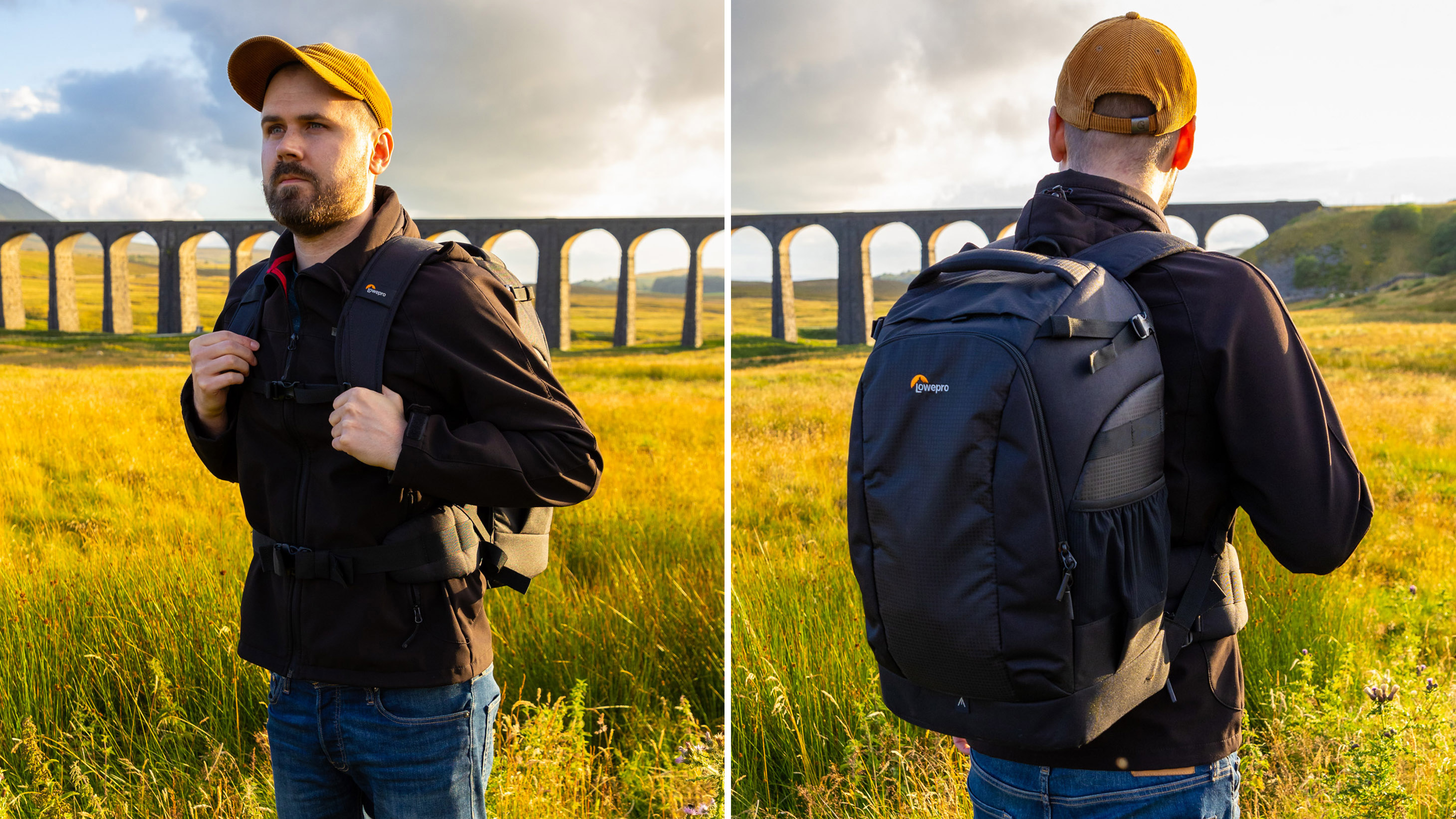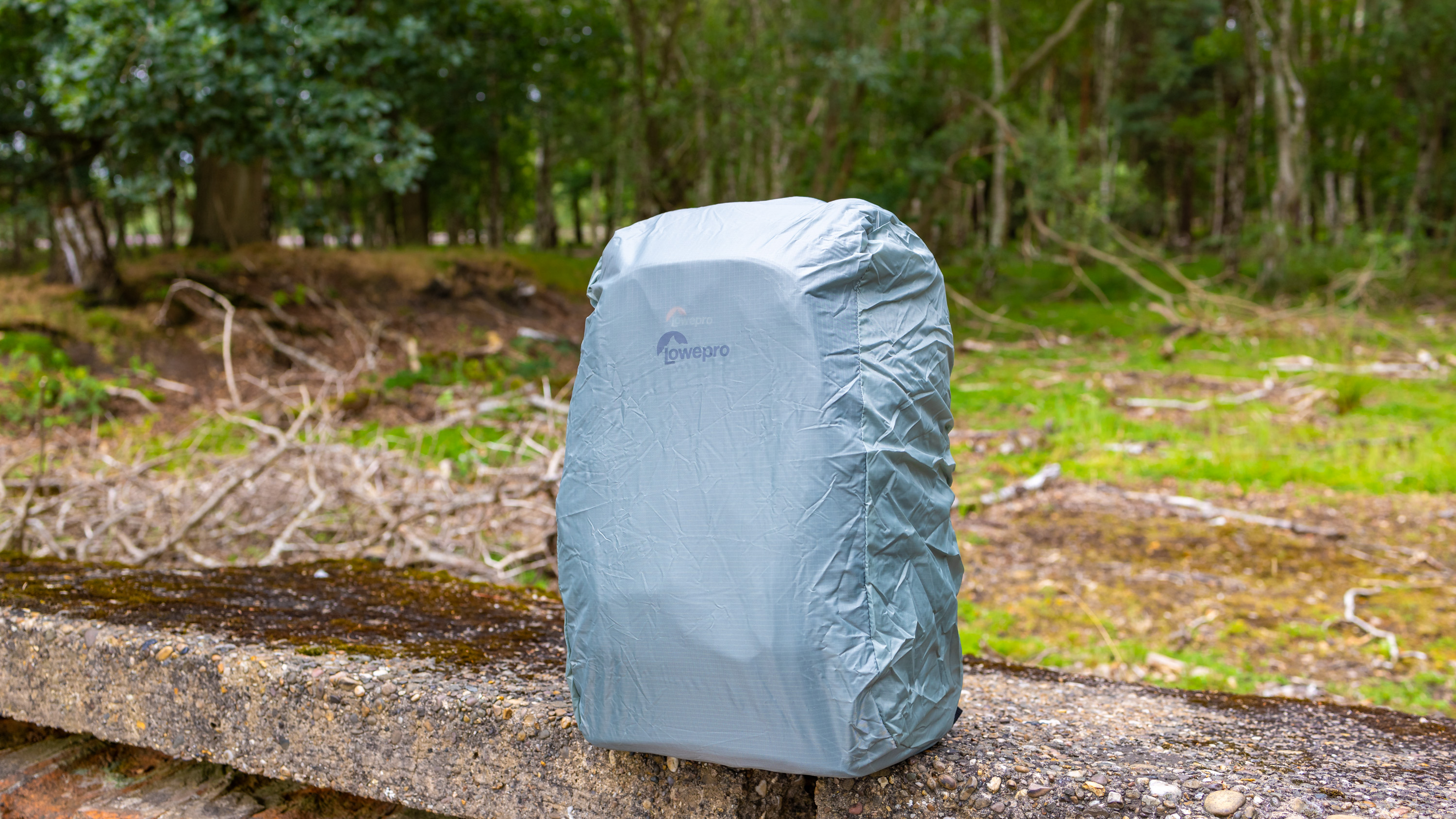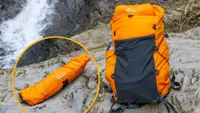Digital Camera World Verdict
Both the 400 AW II and 500 AW II bags are worthy updates to the original 10-year-old Flipside 400AW, the 500 AW II is a little more roomy so those with big telephoto primes will find it an absolute joy. Both the 400 and 500 AW II models have tonnes of storage for accessories and room for a 15" laptop as well as a 10" tablet, making it ideal for stills, video, and hybrid shooters that need to pack all of their kit into one functional bag.
Pros
- +
Heaps of storage
- +
15" laptop and 10" tablet compartments
- +
Comfortable on long treks
- +
Built-in AW rain cover
- +
Fits a pro camera with 500mm lens attached plus 4-6 extra lenses
- +
Great value
Cons
- -
Doesn't have the enhanced build materials of the Mark III version such as the 600D polyester ripstop and molded EVA bumpers
- -
Small zippers can get a little caught occassionally aren't as smooth as the larger 10mm YKK® ones found on the Mark III
Why you can trust Digital Camera World
Lowepro’s original Flipside Backpack 400 AW was so groundbreaking back in 2012 that many reviewers, myself included, had no option but to give it full marks. In fact it worked so well as a photography backpack that it was my camera bag of choice when I went travelling around Asia back in 2016.
I've gotten my money’s worth out of my now decade-old Flipside as it has been so well used that it’s fallen into disrepair. However, in my search for an update, I was bitterly disappointed when I recently reviewed the latest Lowepro Flipside BP 400 AW Mark III, which was a completely different bag altogether and had removed many of the features that made it so useful for working pros.
So carrying on my search for my much-needed backpack replacement I saw that I'd completely overlooked the Flipside Backpack 500 AW II. Now seven years into its production cycle it’s still available to buy brand-new, so I was keen to find out if it built on the original without losing what made the Mark I version so special.
Lowepro's second Flipside iteration comes in two sizes, the 400 AW II and 500 AW II. We got hold of the larger Flipside 500 AW II to put it through its paces in this review.
Specifications
External dimensions (WxHxD): 320x550x325mm
Internal dimensions (WxHxD): 300x480x190mm
Size options in range: 400 AW II and 500 AW II
Bag type: Backpack
Camera access: Rear
Laptop compartment: 15" laptop and 10" tablet
Tripod fastener: Yes
Chest / Waist straps: Yes, both
Rain-proof cover: Yes
Weight: 2.05Kg
Build & Handling
Lowepro’s 400AW II and 500AW II build on the success of the original Flipside backpack with a similar roster of features, plus some very welcome additions too. Materials haven’t changed too much and both bags still have the durable non-descript black backpack design, though the 400AW II is also available in Mica Pixel Camouflage as well as the standard black.
One of our favorite features is the built-in rain cover which folds away into the base of the backpack, this was replaced with a separate cover on the Mark III model which then takes up valuable space in your bag, plus it’s probably not the best idea to put a used damp rain cover next to your lenses when you no longer need it. So the Mark II gets it right with its rain cover setup.
The best camera deals, reviews, product advice, and unmissable photography news, direct to your inbox!
We’re also happy to report that both Mark II models feature well-sized water bottle holders on each side, both handy for stowing drinks or lashing tripods to the side of your bag. There is also the dedicated tripod storage in the middle of the bag too which helps you to balance the bag better so you have plenty of options to suit your specific needs.
The front pocket is incredibly spacious with everything from key storage to a 10” tablet, headphones, lens pens, cleaning cloths, notebooks, cables, and other peripherals. However, this is obviously not as secure as the rest of the backpack which is accessed from the back. While it doesn’t have a side-access panel, I actually prefer this, as if you realize you have the wrong lens attached you’ll need to open up the whole bag regardless, so personally it’s never made it that much quicker to access the kit I need. I also prefer having the extra options on the side to lash on a tripod or stow an extra water bottle but that’s just what works for me. I like having the extra options to set up the bag in different ways as a wildlife shoot might need a completely different setup if I'm going out to do street photography.
One glaring omission of the original Flipside was it didn’t have a laptop compartment. Luckily this was addressed with the Mark II, with both the 400 AW II and 500 AW II bags capable of storing a 15” laptop in addition to a 10” tablet. The laptop compartment is also Lowepro’s CradleFit design which suspends the laptop for better impact protection too.
Also on the back panel where the laptop storage is found, there are three netted pockets for memory cards and a larger zippered pocket for other peripherals. Our only qualm here is we wish the large pocket had a mesh design like in the Mark III version as this would make it much easier to see what is currently stored inside of it.
Opening up the main compartment of the 500 AW II is like stepping into Narnia, there’s so much space! This shouldn’t come as a surprise though, the Lowepro Flipside 500AW II was launched when DSLRs were still being made by all the big manufacturers, it’s also designed to fit a 400mm or 500mm with a professional DSLR attached plus 4-6 additional lenses. It is a very deep bag, though this does mean with a smaller mirrorless body, and especially one without a battery grip there can be a bit of movement inside the bag, despite it having additional padding at the top for your camera body to rest against.
If your main body is fitted with a smaller telephoto lens such as a 70-200mm f/2.8 (above) you’ll also have room inside the bag for a small padded accessories pouch which helps pad out the internal cavity to reduce movement and also give you another storage location for peripherals such as batteries, filters, a microphone and so on.
Performance
The Lowepro Flipside 500 AW II is comfortable to wear for long hikes and features both an adjustable sternum strap to stop the bag from swaying from side to side as well as a waist strap to transfer weight inside the bag from the shoulders onto the hips and is a must-have for carrying large, heavy items like a 500mm prime lens.
The waist strap is also where the backpack gets its Flipside name from, as with the waist strap securely attached around your waist you can spin it around to your front to gain access to the rear access without fully taking the bag off. This then becomes a brilliant workstation to swap lenses, change memory cards, or insert a fresh battery and is particularly handy in boggy or wet conditions when you don't want to put your bag down in mud.
Padding on the back and straps is a little thinner than on the Mark III version and possibly might wear down in key areas such as where they come into contact with the shoulders - this certainly happened with my Mark I Flipside after many, many years of professional use.
That said, the shoulder straps are comfortable enough and they do fold back out of the way nicely which makes it easier to unzip and get into the main compartment via the rear access. The zippers aren't quite as beefy as the larger 10mm YKK® ones found on the Mark III, so they do snag a little from time to time.
The Mark II boasts a beefier top carrying handle compared to the original, though it doesn’t feature the strap handle found on the back of the Mark III.
One of our biggest complaints with the newest Mark III was that it’s not balanced very well and tends to fall onto its front and land in any dirt or mud you set it down on, so having a handle on the back is much more essential here as it naturally want to fall onto its front.
The good news for the Mark II version is it’s much better balanced and tends to stay upright when you position it on its base so it doesn't get as dirty.
When it came to weather resistance we've seen backpacks and bags with a better coating that makes them more water resistant straight out of the gate. However, the supplied All Weather rain cover is importantly built into the base, so you A) never forget it B) don't take up space inside the internal compartment, and C) don't have to put a wet used cover next to your expensive lenses and camera bodies.
The All-Weather rain cover is also quick and easy to use and does a valiant job at keeping your kit protected from the elements. While you can't access the front pocket when the rain cover is attached, you can still get to your camera kit from the back if needed.
Verdict
In my opinion Lowepro's Flipside design peaked with this Mark II version - it’s clearly still very popular as it’s still available to buy new at the time of review - a full seven years after launch!
I'm hopeful that Lowepro might backtrack on some of its changes and bring the Flipside range back to the roots of what made this series of bags so beloved.
If they took the core design and functionality of the Mark II but updated it with the enhanced build materials seen in the Mark III, such as the 600D ripstop polyester and enhanced 10mm YKK® zippers, and also made it a little slimmer to make it more suitable for the latest mirrorless systems then I could see that being very special indeed.
However, until that happens I'm sticking with the Flipside 400 AW II and 500 AW II over the Mark III versions all day long.
| Features | If I could write up a wish-list of features for a camera backpack to have, Lowepro’s Flipside 500 AW II would tick 99% of them. From the spacious interior to the comfy padding, and from the to the 15” laptop compartment to the built-in rain cover, it’s loaded up with the features that actually matter and make your job as a photographer easier on a shoot | ★★★★★ |
| Design | It might not be the ‘flashiest’ camera bag on the market but I personally like the non-descript black look, certainly in busy city centres when I’d prefer to keep a low profile from the prying eyes of pickpockets - plus your camera kit is protected from rear access too, though the front tablet access is admittedly more exposed. It’s been really well thought out and builds on the award-winning design of the original Flipside Mark I. There’s tripod (or accessory) lashing points aplenty, dual water bottle holders, waist and sternum straps for better comfort on long journeys. It’s clear that the Flipside 500 AW II was built with photographers in mind. | ★★★★★ |
| Performance | The Flipside 500 AW II is a joy to use. It has bags of room, good water resistance and a built-in rain cover. It’s quick and easy to get to all of your equipment plus it’s comfortable to wear on long journeys. I have seen better, chunkier padding for shoulder straps on other bags, and it is a concern that these will wear down over time as they did on my Mark I bag, but given it took 10 years for those to wear down you should still be able get a good amount of life out of it. | ★★★★ |
| Value | Given the Flipside 500 AW II has been around for a while it’s no surprise that we’ve seen retailer discounting kick in which makes it tantalisingly good value. It’s actually not to dissimilar in price to the Lowepro Flipside BP 400 AW III, yet boasts in our opinion better features for photographers and more storage space too. | ★★★★★ |
Should you buy the Lowepro Flipside 500 AW II?
✅ Buy this if...
- You need a reliable and comfortable all-rounder backpack with plenty of space for big lenses, laptops and more!
- You're upgrading from the original Lowepro Flipside 400 AW
🚫 Don't buy this if...
- If you're looking for the enhanced zippers and better build materials of the Flipside BP 400 AW III
- You want a photo backpack with quick side access to your main body
Alternatives
If you’re an avid camper and your main camera rucksack has a GearUp insert, the LowePro RunAbout is a no-brainer. It’s a well-designed folding daypack that’s easy to stow and should appeal to photographers and dedicated hikers alike.

In addition to being a freelance photographer and filmmaker, Dan is a bona fide expert on all things Canon and Adobe. Not only is he an Adobe-certified Photoshop guru, he's spent over 10 years writing for specialist magazines including stints as the Deputy Editor for PhotoPlus: The Canon Magazine, Technical Editor for Practical Photography and Photoshop Editor on Digital Photo.

